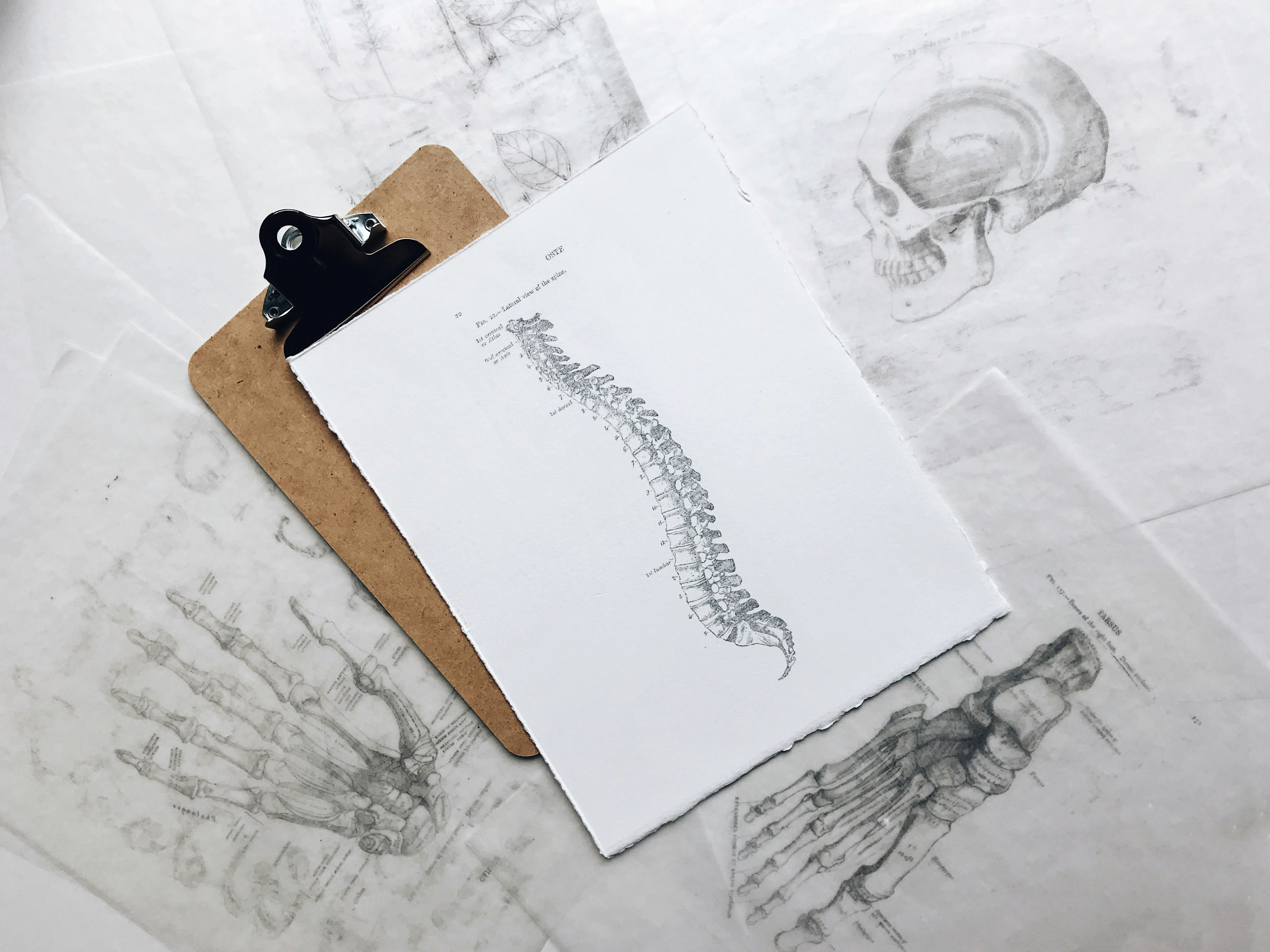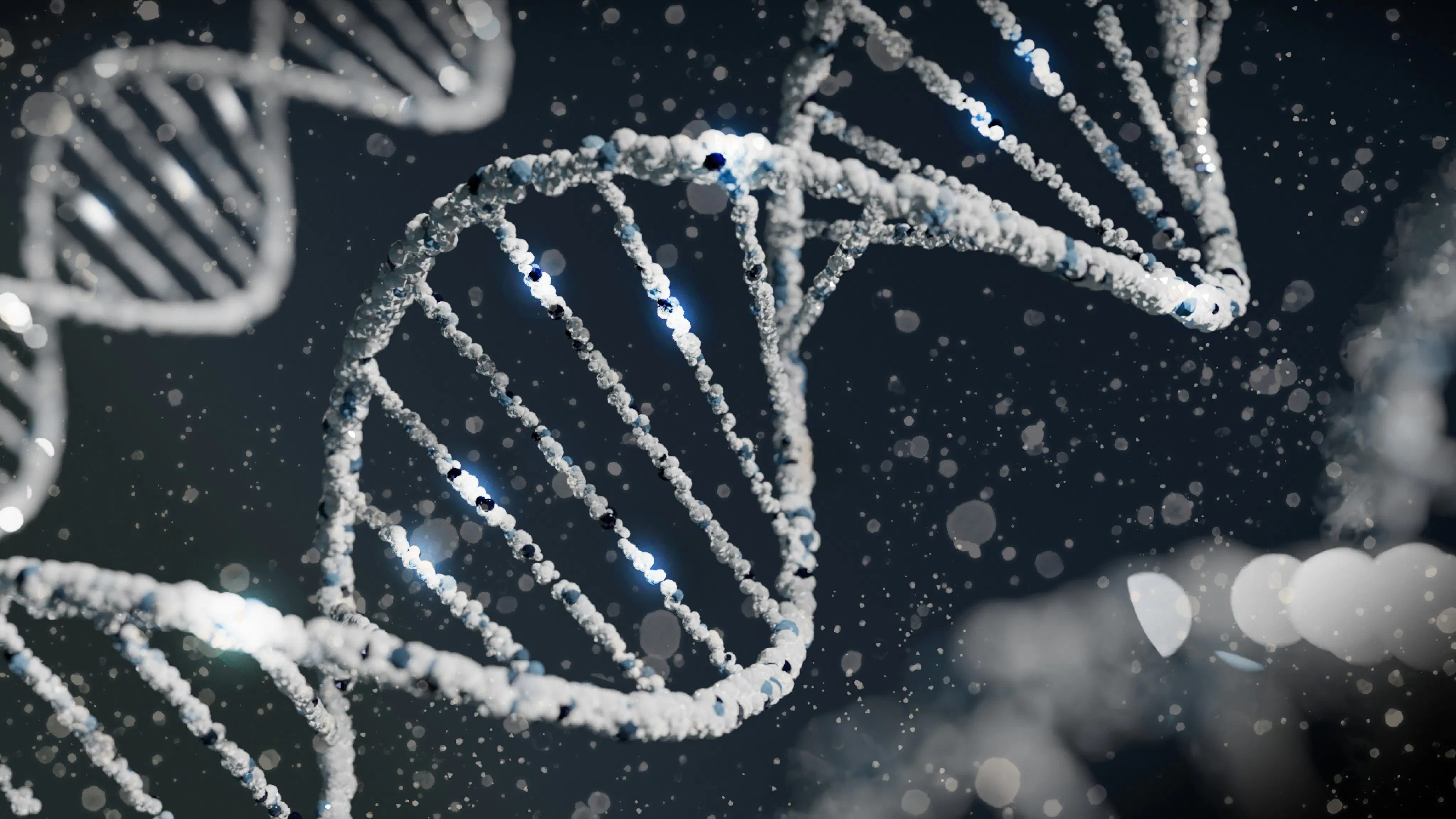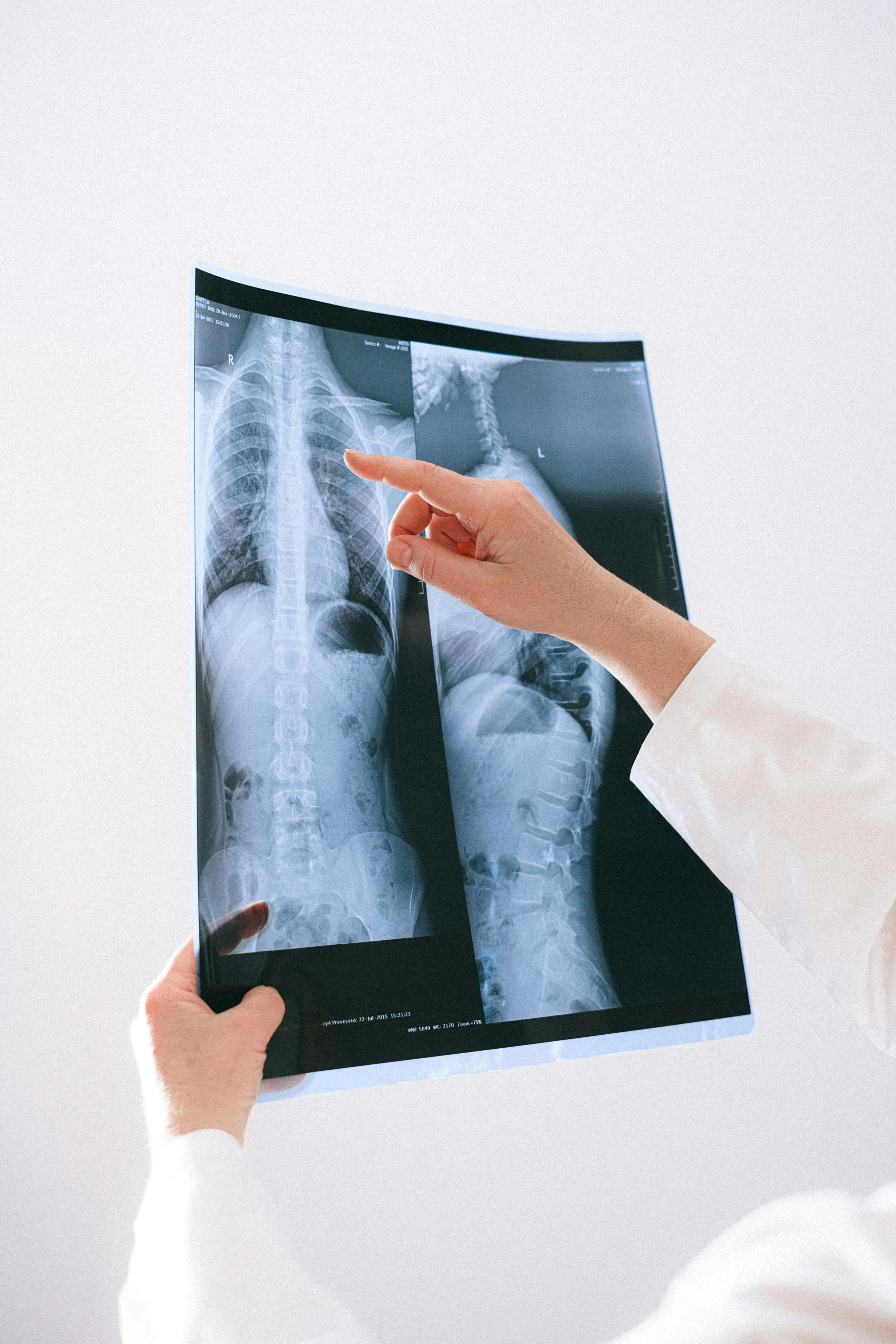
Reading Time
3
Published
Apr 4, 2024
Understanding Scoliosis: An Overview for Patients and Caregivers
Scoliosis, a condition that affects millions worldwide, goes beyond the physical curvature of the spine; it's a multifaceted journey that involves both patients and their caregivers. In this comprehensive overview, we aim to clarify scoliosis, exploring its nature, causes, and the challenges that individuals and their support systems may encounter once diagnosed with scoliosis.
Written By
Momentum Health
What is scoliosis?
Scoliosis is a medical condition characterized by an irregular sideways curvature of the spine. Instead of the spine forming a straight line from top to bottom when viewed from the front, it exhibits a curvature resembling the letters 'S' or 'C.' This deviation can occur at any age, but it is most commonly diagnosed during adolescence, due to rapid growth spurts and bone development.
What causes scoliosis?
The causes of scoliosis can be broadly categorized into three groups: idiopathic, congenital, and neuromuscular. Idiopathic scoliosis, the most prevalent form, has no known cause and typically appears during adolescence (also called adolescent idiopathic scoliosis, or AIS). Congenital scoliosis is present at birth, resulting from abnormal vertebral development. Neuromuscular scoliosis is associated with disorders of the nerve or muscular systems like cerebral palsy or muscular dystrophy.
Signs and Symptoms of Scoliosis
Successfully managing scoliosis requires a comprehensive approach. Regular monitoring of the curvature, especially during growth spurts, is vital to track progression. Treatment options vary based on the severity and may include bracing or, in more severe cases, surgical intervention. Physical therapy plays a crucial role in maintaining flexibility and strength.
Beyond the visible curvature of the spine, scoliosis can have various effects on individuals. Physical symptoms may include:
uneven shoulders
prominent shoulder blade
uneven waist
In severe cases, the condition may affect lung and heart function due to the compression of these organs by the curved spine. While the physical challenges of scoliosis are evident in the altered structure of the spine, they can manifest in various ways.
Back pain is a common complaint, particularly in adulthood. Mobility issues may arise, impacting an individual's ability to perform daily activities. Overall, regular monitoring and appropriate interventions are essential to mitigate the physical challenges associated with scoliosis. However, the impact of scoliosis extends beyond the physical realm.
Emotional Challenges with Scoliosis
Being diagnosed with scoliosis can evoke a range of emotions. Adolescents, in particular, may grapple with body image issues, self-esteem concerns, and feelings of isolation. Scoliosis can be alienating for young teens as they often find themselves attending check-ups with physicians or their healthcare team. The emotional toll extends to caregivers who may experience worry and empathy for their loved ones. Caregivers are integral to the support system of individuals with scoliosis. Understanding the condition, attending medical appointments, and providing emotional support are key roles.
Self-care to tackle living with scoliosis
Additionally, caregivers should prioritize self-care to navigate the challenges effectively. Seeking information, connecting with support groups, and fostering open communication with healthcare professionals contribute to a more informed and supportive caregiving experience. Understanding and addressing these emotional challenges are crucial aspects of managing scoliosis comprehensively.
Scoliosis is more than a spinal curvature; it's a complex lifelong journey that requires understanding, resilience, and a holistic approach to management. Throughout their lives, individuals with scoliosis need to learn to manage their spine and to tackle challenges ahead. By acknowledging the emotional and physical facets of scoliosis, patients and caregivers can work together to navigate the challenges. Remember, you are not alone on this journey – a supportive community and comprehensive healthcare approach can make a significant difference in the lives of those affected by scoliosis.
Navigating your Scoliosis with Momentum Spine
At Momentum Health, we want to guide patients through this journey, and allow them to take control of their own disorder, from the comfort of their home. Momentum Spine offers at home scoliosis measurements and allows you to stay connected with your physician remotely, giving you peace of mind between your in person appointments.
Talk to your doctor today about Momentum Spine or download the app now!
Other
More articles you may find interesting


